Between June 30st and Wednesday 3rd July, 2024, I participated to the Lindau Nobel Laureate Meetings, in the south of Germany, at the Lindau island in lake Constance. I was invited there to participate to a panel discussion with two laureates and others on the future of quantum and its related hype.
With Fanny Bouton (OVHcloud), we also recorded three episodes of our Decode Quantum podcast series, one with 4 selected young scientists in quantum computing (Caroline Tornow from ETH Zurich, Francesca Pietracaprina from Algorithmiq, Yaroslav Herasymenko from Qutech/Qusoft and Adam L. Shaw from Caltech) and two with David Wineland (Nobel in physics, on trapped ions, 2012) and Bill Phillips (Nobel in physics, on cold atoms control, 1997). We will publish these podcasts at the end of Summer 2024 for your “back to school” time.
I will describe here this event organization and uniqueness, the various talks and the panel I participated in, and some other interesting facts. All the talks are available online with browsing the program. I attended the event for only 3 of the 6 days in total.
The Lindau event
This event is one of the oldest in science in Europe and the only one of its kind. Its first edition was in 1951 and it happens every year in Lindau. So it was the 73rd edition! This time, about 36 Nobel laureates in physics and chemistry and one Fields medal laureate (Ofim Yelmanov, 1994) where participating plus 635 young scientists from 91 countries, selected by their research institutions, and a couple hundred additional people, mostly from foundations, governments, academic institutions and industry sponsors like the Klaus Tschira Stiftung foundation, Mars (yes, the US food company), AstraZeneca, Bayer AG, Bosch, Rolex, SAP and the Swiss billionnaire Thomas Schmidheiny. A very few extra people were invited to participate to panel discussions, like… me.
The conference main speakers were the Nobel laureates, in physics and chemistry, with, among others, Alain Aspect, Anton Zeilinger, Brian Josephson, David Wineland, Donna Strickland, Gérard Mourou, Anne l’Huillier, Steven Chu, Klaus von Klitzing, Theodor W. Hänsch, Eric Betzig, David J. Gross, Didier Queloz, and Saul Perlmutter.
The Sunday opening event showcased Countess Bettina de Bernadotte, a celebration of Albert Schweitzer’s participation to the Lindau event in 1954, the Ministers of Research from Germany, Bavaria and Austria and talks from Donna Strickland and Steven Chu, plus a presentation of the agenda by Rainer Blatt.

Eric Betzig, Nobel Prize in Chemistry in 2014, who did an excellent talk on energy sources. Photo: OE.
The event agenda was a mix of classical things like laureate keynotes and panels with one or two of them in breakout sessions. But it adds a particular flavor with many opportunities for the young scientists to discuss with the laureates. Of course, there were breaks between sessions, with young scientists joining and interacting with the laureates after their talks, organized diners and lunches, walks in the city, a boat cruise on the lake Constance and so on. Young scientists presented their own work in dedicated sessions like on AI applications in the field of quantum physics (no video available yet), a field that I am investigating a bit). The call to action to the participating young scientists was that this event is a once in a lifetime experience, and coming back is possible if you receive a Nobel prize! (well, or become a sponsor…).
I could enjoy watching presentations outside the usual realms of quantum computing like on structural biology by Richard Henderson, a Nobel laureate in chemistry in 2017 and on quantum chromodynamics by David J. Gross. There was another panel on The Future of Structural Biology: Artificial Intelligence and in Situ Structures which reminds us how classical computing can already do marvel in quantum chemistry to predict the 3D structure and function of complicated organic molecular structures. The always amazing field of astrophysics was also covered like in the Experimental Studies of Black Holes: Status & Prospects talk from Heiner Linke, Nobel laureate in physics in 2020 (along with Andrea M. Ghez and Roger Penrose).
I could also see Anne l’Huillier, Donna Strickland and Gérard Mourou talk about attoseconds and femtosecond lasers (video).

Steven Chu, Nobel prize in physics in 1997, and Secretary of Energy for Barack Obama in 2009-2013. Photo: OE.
A well-organized young scientist could have serious long talks with many laureates during the event.

The team of young scientists from France with Siegfried Martin-Diaz from the French embassy in Germany. The best represented University was the ones from Strasbourg and Nice.
How is the event funded? It comes from industry and foundation sponsors and the academic institutions who send their best young scientists at a cost of 5K€ per individual. Texas was also a sponsor this year, and the organizer of the Monday diner event.
You may wonder how to get to Lindau. It is about 3 hours in train from Munich and 1h30 from Zurich. Then, flights, other trains and TGV (for Paris).
Symbols
During an agora discussion with David Wineland (University of Oregon) and Serge Haroche (Collège de France, LKB) in a panel moderated by Lene B. Oddershede from the Novo Nordisk Foundation (the largest world foundation and the most invested in funding research in quantum), the talks were about controlling atoms. The laureates did show how (seemingly) useless research turns later into very useful research and applications, an important discussion topic at the event. At the end of the session, it was up for young scientists to ask their questions. In between these young scientists, an older guy asked a question. It was Brian Josephson (Nobel physics laureate in 1973), yes, the one from the Josephson effect used in all superconducting qubits and sensors! That’s the Lindau experience!

Brian Josephson asks a question to David Wineland and Serge Haroche in a panel discussion Q&A session. Photo: OE.
In a lunch discussion with Serge Haroche and Alain Aspect, we covered many current scientific challenges, and debated about what relates to science and what relates to engineering. I will later need to write down ideas on this and the associated semantic subtelties, like between science and theory. They also explained to me how becoming a Nobel laureate changed their life, in just 15 minutes. That was the head-start they had. Stockholm called them just this time before the laureates are announced to the world. And then, their phone started to ring endlessly and they instantly became highly visible worldwide spokespersons for science.
The “Potential and Hype in Quantum Technology: Where Are We Headed?” panel
This 90 mn panel discussion gathered Serge Haroche (Nobel physics laureate, 2012), Bill Phillips (Nobel physics laureate, 1997), Dr. Heike Riel (IBM Zurich), Lene B. Oddershede (NBI, Denmark), Francesca Pietracaprina from Algoritmiq and myself. It was moderated by Karl Ziemelis, the current Physical Sciences Editor of Nature. I was invited to the panel by Rainer Blatt, the German-Austrian scientist coordinating the Lindau event program, probably since I published the paper Mitigating the quantum hype on arXiv in January 2022.

The panel! Photo/Credit: Patrick Kunkel/Lindau Nobel Laureate Meetings
The discussion topics were multiple with:
- An historical view from Serge Haroche and Bill Phillips on the potential impact and use cases of the second quantum revolution, including quantum sensing and quantum communications and cryptography, beyond quantum computing.
- The role of governments in that space, like funding early stage technologies, in the US, Europe with the EuroHPC program, in France, Germany, China and elsewhere.
- The new role of startups which are private R&D undergoing integrated research that academic labs can’t undertake.
- The role of useless science promoted by Serge Haroche (it rings another bell…) which means fundamental science which may become useful after some delay. It was counterbalanced by Alain Aspect who said, from the room, that it was also good to encourage researchers who had ideas for applications and push them to create startups.
- The balance between science and engineering challenges in quantum computing. The belief with the Nobel laureates and young scientists I met was that engineering challenges dominate, which I am not sure about in the case of quantum computing. It was unfortunate that we didn’t have a real chance to discuss more about the huge scientific and engineering challenges behind the buildup of usable fault-tolerant quantum computers and algorithms. Interdisciplinarity could be improved in that world to develop a better understanding of the underlying challenges. Including, sometimes, basic economics. Such panels are probably not the right settings for that.
Bill Phillips insisted that at worst, quantum computing would help simulate various quantum physics phenomenon like Fermi-Hubbard models in condensed-matter. This is true, particularly with analog quantum simulators ala Pasqal and QuEra, but unfortunately, that is not enough, particularly to drive industry adoption. Francesca Pietracaprina touted the potential of quantum chemistry which she believes will be delivered soon (well, we’ll see), and Lene B. Oddershede, the various use cases of quantum computing and sensing in healthcare applications (sensing may rightly be a low-hanging fruit here).
Heike Riel showcased the emergence of applications in the “quantum utility” regime and how it is hard to forecast the use cases that will be imagined in the future. I would rather say the use cases for quantum computers are well identified, but we are “just” lacking the hardware to run them. I have not observed that inverted situation in other digital revolutions, maybe besides the famous code developed by Ada Lovelace in 1842-1843 for the Charles Babbage mechanical computing machine that never saw the light. The machine could have been built since an English team did it with 19th technologies in 2003.
We had to wait for about a century to see a programmable electronics computer to show up with the EDVAC in 1949, the successor of the 1946 ENIAC that was developed with the help of John Von Neumann and his famous “Princeton” architecture that is still currently used in most classical computers. With the mini-computers (1960s), the Unix workstations (1970s and 1980s), the personal computer (end of 1970s and later), the web (1994 and later), the smartphones (2007), virtual reality (I don’t count) and even the Blockchain, the technology was available and then, application ecosystems flourished. There was no situation were hundreds of applications were already conceived without the hardware to run it besides low scale prototyping. Progress was somewhat linear and synchronized between hardware and software.
With quantum computing, the hardware technology is still in its early infancy although making steady progress nowadays. Ada Lovelace’s equivalent work is Peter Shor integer factoring algorithm, which happens to be similar to the quantum phase estimate, which has many useful cases in quantum chemistry and with similar hardware requirements in the couple thousand logical qubits. Compared to nuclear energy history, it is a bit like the technology to build an A bomb (Manhattan project) was 90% the same as the one used to build nuclear power plants (it is really very different…). 30 years after Shor’s “invention”, we can factor only 2-digit integers with current quantum computers and this algorithm while you can factor a 829-bit RSA key classically for cryptanalysis. Progress was practically much faster with all the other digital technologies mentioned above. Quantum computing is closer to nuclear fusion, where patience and long-term views are a virtue, than to any past digital revolution where things progressed quickly over time in the last decades, following the famous Moore’s law.
In the end, everybody agreed on the need for blue sky research, although without defining its scope.
I had a chance to highlight that the second quantum revolution (a term created in 2003 by Alain Aspect, Jonathan Dowling and Gerard Milburn) would not “replace” the first quantum revolution which describes classical computing and digital tools. We are more in a 1.5 quantum revolution where quantum and classical computing are bound to live together. Quantum computing either competes with classical computing or helps it run since all quantum algorithms are hybrid in nature, either in NISQ or FTQC fashion. Likewise, quantum cryptography kind of competes with classical post-quantum cryptography, or they can be combined in some situations with QKD being used in telecommunication backbones while terminals are equipped with PQC cryptography.
There were also several questions from the audience, including from Emma Campillo Munoz from the University of Sherbrooke who highlighted how it was difficult to get funding for her research on fundamental science out of the “application zone”. The Nobel laureates and others encourage her to sustain her efforts. I had a chance to discuss afterwards with her on her personal journey and how it was tough to get rejected. This is unfortunately the way it works in most countries. Researchers face numerous rejections in their careers. The academic world is harsh, and not gentler than the industry world or even the political world. After our discussion, we were both interviewed by a journalist from China!
There was another (one hour) panel on the topic How to Preserve Trust in Science in the Age of AI? with David J. Gross and others. Of course, the attention was focused on LLMs. But what about social networks and the way disinformation and disagreements are showcased?
The Nobel Minau declaration
The last day of the event, 30 Nobel laureates signed the “Mainau Declaration 2024” on Nuclear Weapons, under the leadership of David J. Gross. The declaration warns on the risks of nuclear weapons and call on the people and leaders of the world to “heed our warning and act to prevent this catastrophe“. I’m not sure that Putin and others are really listening.

Photo/Credit: Christian Flemming/Lindau Nobel Laureate Meetings
I can’t recall enough how these events are important for science. Not only because young scientists can get some mentoring and wisdom from Nobel laureates but also thanks to how young scientists are extending their international networks. Most interesting research comes out of international partnerships, and it often spurs from international scientific conferences like this one.
![]()
![]()
![]()
Reçevez par email les alertes de parution de nouveaux articles :
![]()
![]()
![]()


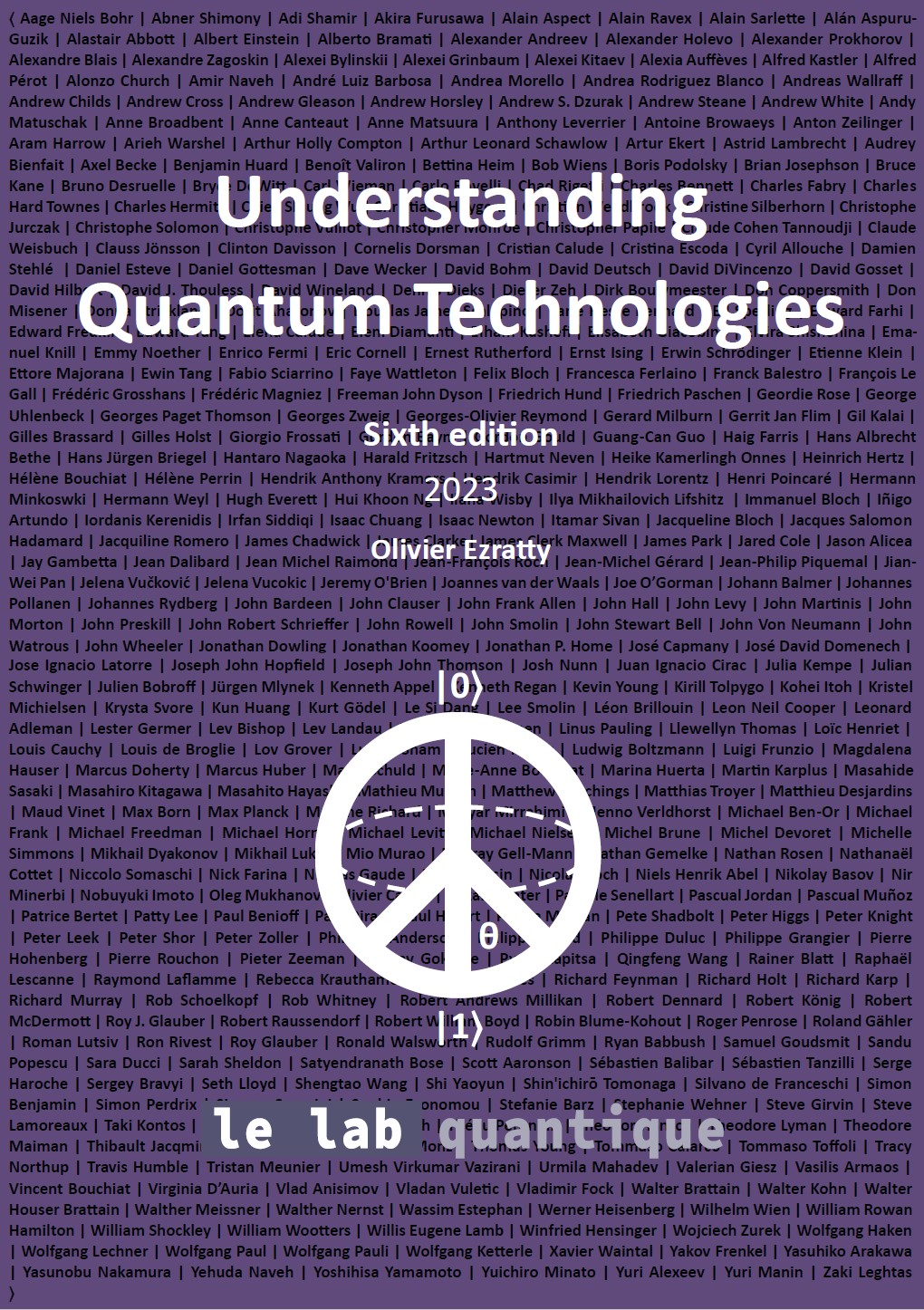
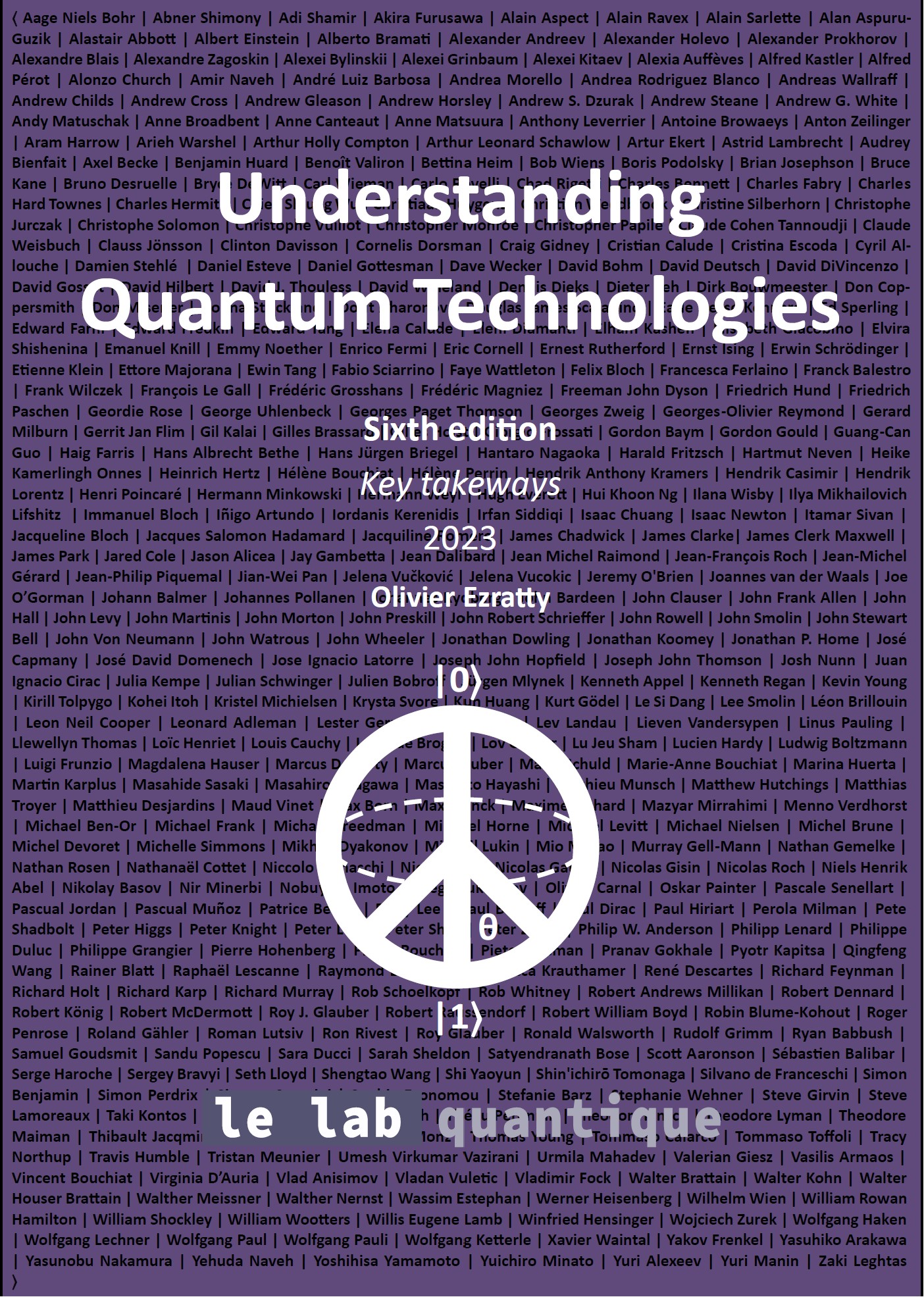
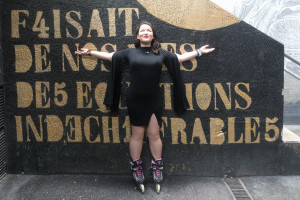
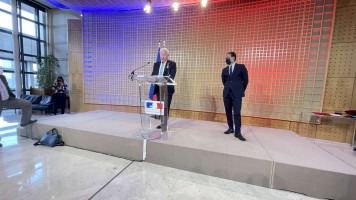
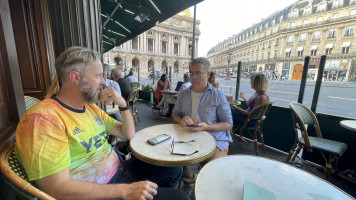
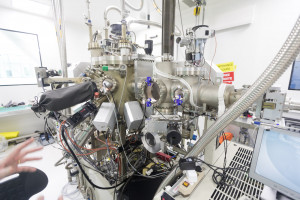
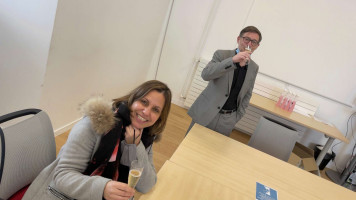
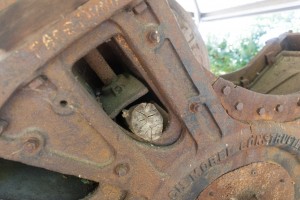
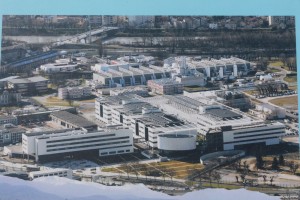

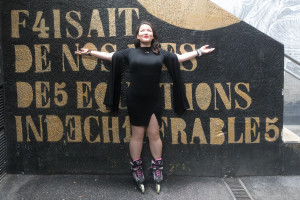
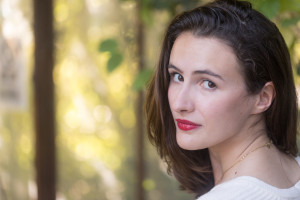
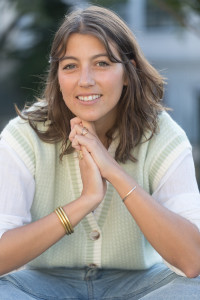
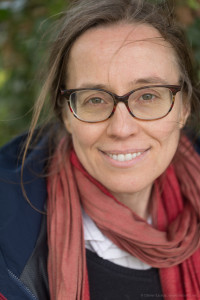
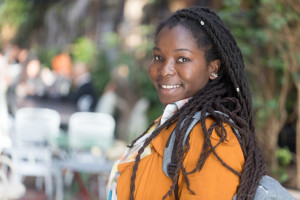
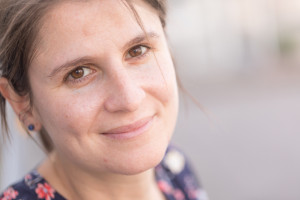
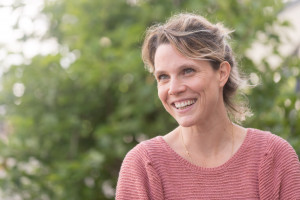
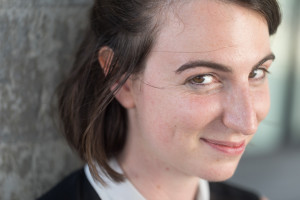
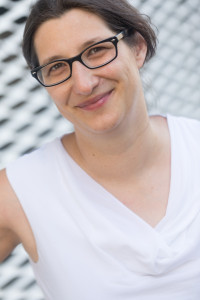
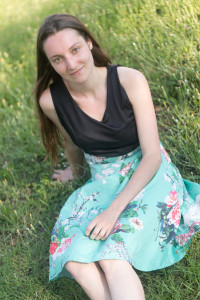
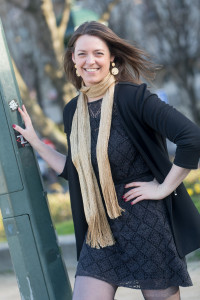
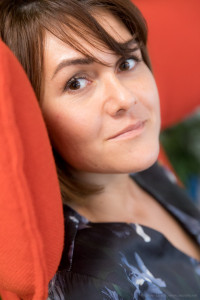
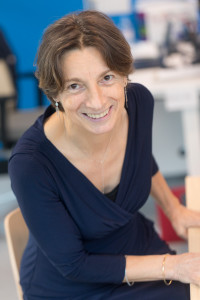
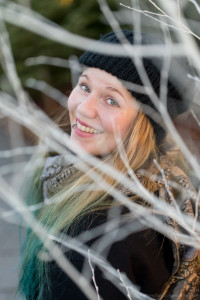
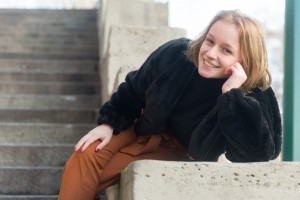
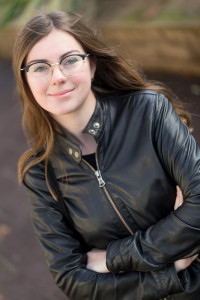
 Articles
Articles